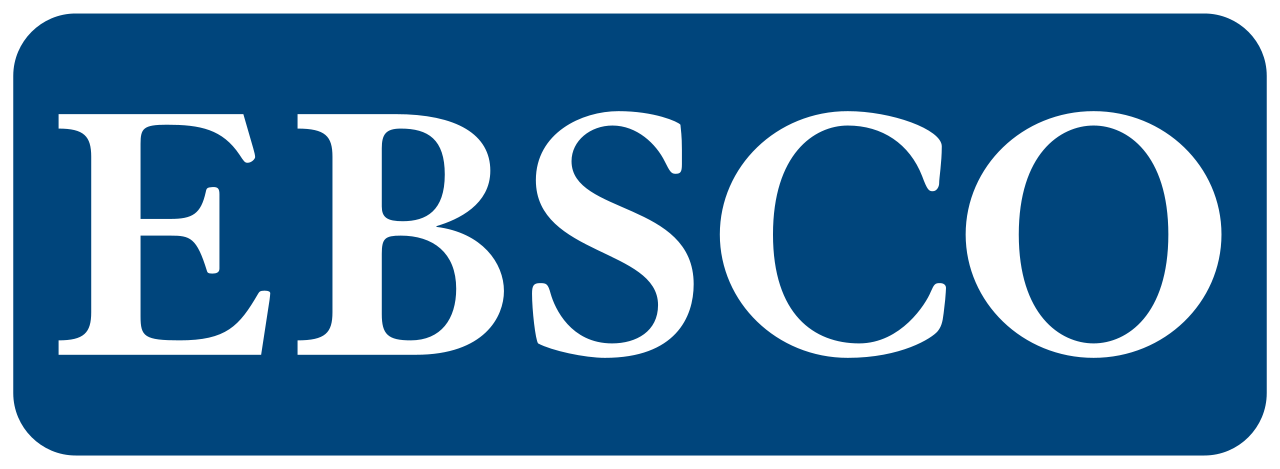Development of a Hybrid Learning Model With Interactive Multimedia Materials of Grade VII Floor Gymnastics of Mtsn 1 Malang City
DOI:
https://doi.org/10.57096/edunity.v2i7.126Keywords:
Instructional Media, Hybrid Learning, GymnasticsAbstract
The importance of a teacher choosing educational materials that are appropriate to the stage of student development and the conditions of the learning environment so that the learning process runs smoothly. Learning that intends to achieve learning objectives is designed and planned using a framework or pattern called learning media. To arouse students' interest in the learning process can be done by choosing the right learning resources. The purpose of this study was to create and test a hybrid learning tool that would assist teachers in using floor exercise learning materials. Research and Development (R&D) techniques will be used in this research and development process. As the name suggests, the ADDIE Development Research paradigm development media is an involving paradigm. Based on the research findings, interactive multimedia learning media is very helpful for students to apply hybrid learning models because with these media students can see videos independently without depending on teachers or other friends' help.
References
Adi, S. (2019). Landasan pengembangan sekolah olahraga.
Batubara, H. H. (2020). Media pembelajaran efektif. Semarang: Fatawa Publishing, 3.
Faiz, A., & Faridah, F. (2022). Program Guru Penggerak Sebagai Sumber Belajar. Konstruktivisme: Jurnal Pendidikan Dan Pembelajaran, 14(1), 82–88.
Hidayat, M. T., Junaidi, T., & Yakob, M. (2020). Pengembangan Model Pembelajaran Blended Learning dalam Meningkatkan Pemahaman Siswa Terhadap Tradisi Lisan Aceh. Mimbar Ilmu, 25(3), 401–410.
Komara, D. I. (2017). Pengaruh media pembelajaran interaktif model tutorial materi impuls dan momentum terhadap kemampuan berpikir kritis siswa.
Kuntarto, E. (2017). Keefektifan model pembelajaran daring dalam perkuliahan bahasa Indonesia di perguruan tinggi. Indonesian Language Education and Literature, 3(1), 99–110.
Mahardika, A. I., Wiranda, N., & Pramita, M. (2021). Pembuatan media pembelajaran menarik menggunakan canva untuk optimalisasi pembelajaran daring. Jurnal Pendidikan Dan Pengabdian Masyarakat, 4(3).
Mirdad, J. (2020). Model-model pembelajaran (empat rumpun model pembelajaran). Jurnal Sakinah, 2(1), 14–23.
Padte, S., & Kadhiravan, V. (2020). Effect of functional training on floor exercise performance of female gymnasts. International Journal of Physical Education, Sports, and Health, 7(4), 140–142.
Saripuddin, S., Nurhadi, N., & Haris, A. (2014). Perancangan Aplikasi Media Pembelajaran Seni Budaya Berbasis Multimedia Pada Smp Db 1 Kota Jambi. Jurnal Processor, 9(1), 44–53.
Shahnoza, A. (2019). One aspect of the development of students’ intellectual skills using multimedia interactive tests. European Journal of Research and Reflection in Educational Sciences Vol, 7(12).
Suherman, A. (2018). Kurikulum pembelajaran penjas. UPI Sumedang Press.
Susanto, H. P. (2021). Pandemi dan Anak Bangsa Menjadi Pintar. Tsaqiva publishing.
Susanto, R., & Pangesti, I. (2019). Pengaruh tingkat pendidikan terhadap kemiskinan di DKI Jakarta. JABE (Journal of Applied Business and Economics), 5(4), 340–350.
Downloads
Published
Issue
Section
License
Copyright (c) 2023 Anik Hidayati, Muarifin, Sapto Adi

This work is licensed under a Creative Commons Attribution-ShareAlike 4.0 International License.
Authors who publish with this journal agree to the following terms:
- Authors retain copyright and grant the journal right of first publication with the work simultaneously licensed under aCreative Commons Attribution-ShareAlike 4.0 International (CC-BY-SA). that allows others to share the work with an acknowledgement of the work's authorship and initial publication in this journal.
- Authors are able to enter into separate, additional contractual arrangements for the non-exclusive distribution of the journal's published version of the work (e.g., post it to an institutional repository or publish it in a book), with an acknowledgement of its initial publication in this journal.
- Authors are permitted and encouraged to post their work online (e.g., in institutional repositories or on their website) prior to and during the submission process, as it can lead to productive exchanges, as well as earlier and greater citation of published work.








